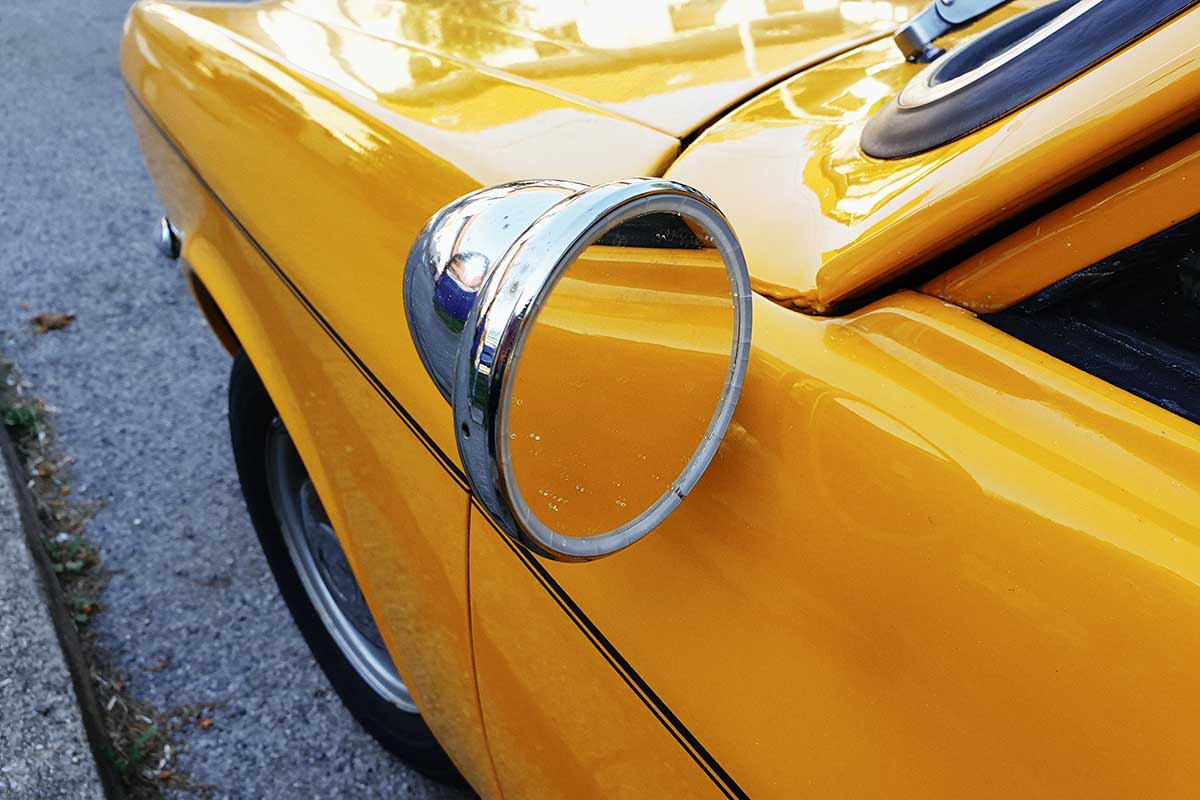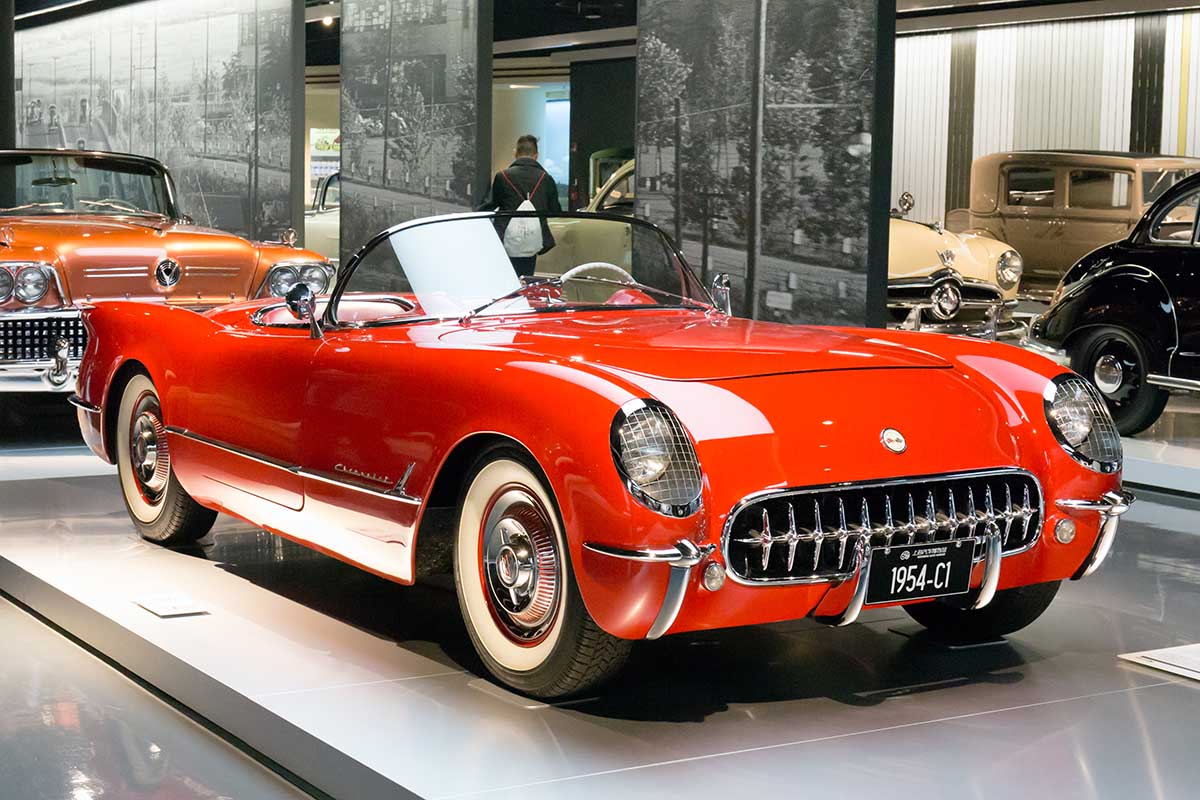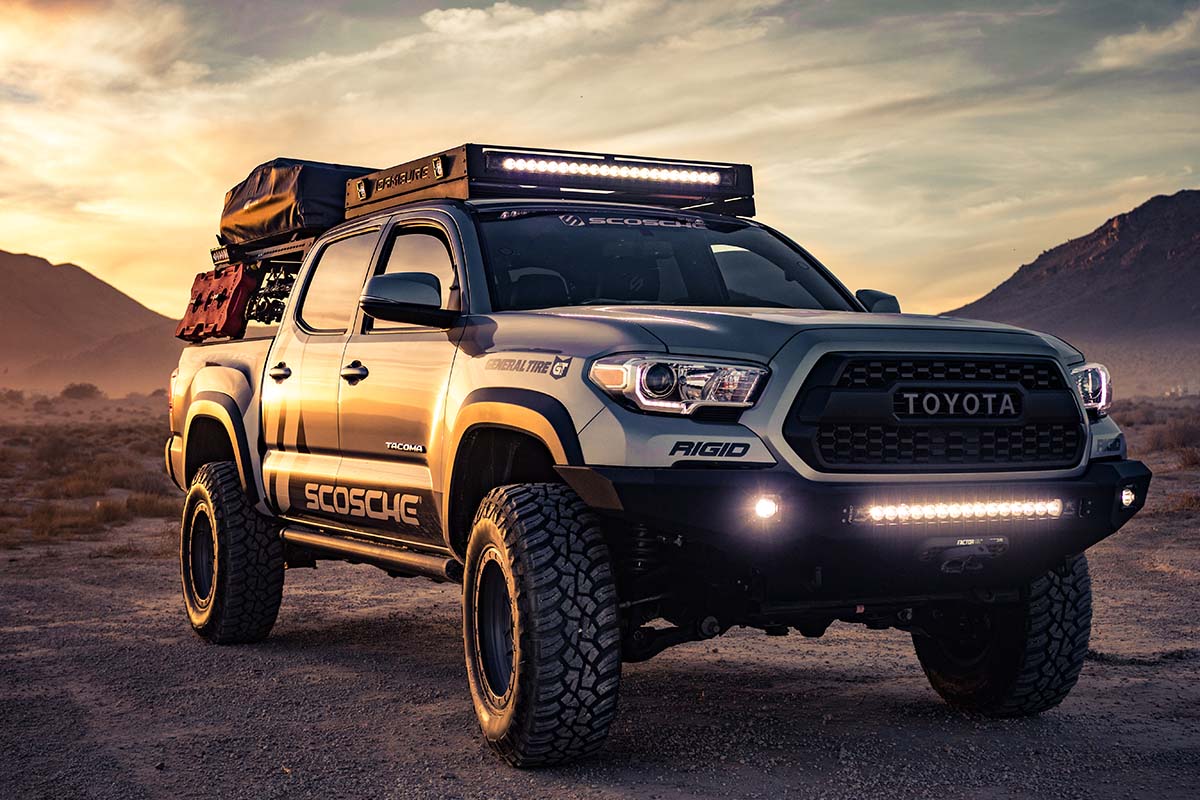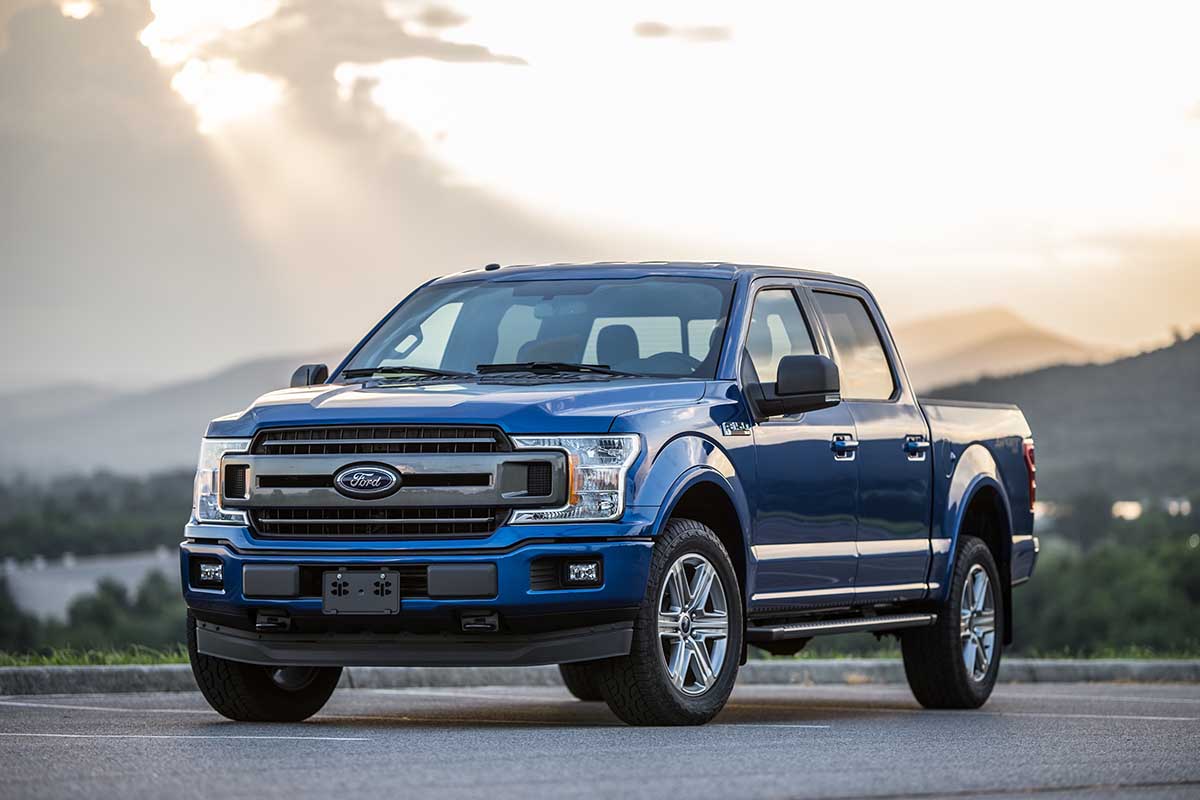Chevrolet Corvette
It’s almost impossible to think about the American sports and muscle car markets without images of the Chevy Corvette coming to mind. It wasn’t the first, and it may not be the last, but it’s definitely one of the most iconic. Its legacy began in the early 1950s as the sports car was rising to fame.
Chevrolet had already spent decades making a name for itself, but its sales were declining at that point. They needed something a bit different, a car that could compete with the European models of the time. Thus, the Corvette was born.
In the Beginning
America’s first Corvettes rolled off of the assembly line back in 1953. It’s hard to believe they’ve been on the market for more than 70 years, isn’t it?
Those first models, the C1s, had fiberglass bodies, which was a bit unusual for cars of the time. A few manufacturers had experimented with fiberglass at that point, but none of them really gained much popularity. That wasn’t the case for Chevrolet. It already had plenty of fame to draw from.
Those early Corvettes had a fairly simple design, but they stood out from the pack. That’s one of the reasons so many people love them even today. Of course, their ramped-up power didn’t hurt, either.
Their 235 cubic-inch, 3.9-liter inline sixes put out 150 horsepower. They were all white two-seaters with red interiors, so there wasn’t a lot of room for customization in those days.
Despite all those innovations, the Corvette didn’t really take off at first. In fact, Chevy produced 300 of them in its first year and only sold 183. This generation was in production until 1962.
That year saw record-breaking sales, surpassing 14,500. Clearly, the car caught on, paving the way for the models we see at a chevy dealership today.
Moving On
Second-generation Corvettes went into production in 1963. That’s the year the Sting Ray came out, and people were waiting for it. It had quite a few more features than its predecessor.
Those included AM-FM radio, air conditioning, power steering and brakes, independent rear suspension, and several new colors to choose from, to name a few changes.
C2s got a nice engine upgrade too. They were equipped with 327 cubic-inch, 5.4-liter small-block V8s.
The StingRay’s distinct body style and signature split rear window drew plenty of attention as well. More than 21,500 Corvettes were sold that year, so it’s safe to say the Sting Ray was a hit. It remained in production until 1967.
That’s when the C3s hit the market. They could be considered even sleeker and more aerodynamic than the Sting Rays with their unique shark body style.
At first, they featured a 350 cubic-inch, 5.7-liter V8, but that eventually transitioned to a 454 big-block V8. They also had removable T-tops and an array of other new features.
Various packages were also available, so more customization was in play. Sales continued to climb, and though the C3s were meant to replace the Sting Rays, the Stingray name, one word instead of two at that point, returned in 1969 and stayed until 1976.
The C3’s reign came to a close in 1982, and it was succeeded by the C4 in 1984.
1983
At this point, you may be wondering what happened to 1983. Unfortunately, there were no new Corvette models made available to the public during the 1983 model year.
Plans were in the works, but they just didn’t work out. Chevy faced several problems that year with their suppliers, and they had a few quality issues to address.
Into the Modern Era
Corvette came back with a vengeance in 1984. Per the norm by that time, car buyers were chomping at the bit to get their hands on it. It had rack-and-pinion steering, 16-inch wheels, and many other new features. Its engine was mounted further back to give it better handling, and it had a 350 cubic-inch 5.7.
It could go from zero to 60 in less than seven seconds. It also had the Doug Nash 4+3 transmission, which was a four-speed manual with a three-speed automatic overdrive.
In 1997, the C5s came out. That was the first year they were equipped with the LS1 5.7-liter V8 that could go from zero to 60 in less than 5 seconds.
Corvette got a newly rounded body style that year too. It looked mean and sleek at the same time, and people loved it. Then, in 2005, the C6s hit the market.
They had better brakes and suspension along with 6.0-liter V8s that put out 400 horsepower. New driver-assist technology, like onboard navigation, was introduced that year as well.
From 2004 until 2019, the Stingray moniker came back into play along with another redesign and more new features. Those models, the C7s, came with three engine options: a 6.2-liter V8, a 6.2-liter supercharged V8, and the 6.2-liter supercharged LT5 V8 available in the ZR1.
That one could put out up to 755 horsepower, and it was one of the most powerful engines ever available in a production Corvette.
In 2020, the C8s appeared, and that generation is still in production today. It got yet another cosmetic redesign that year.
Many people say they don’t even look like Corvettes now, but countless people have said that every time the lineup got a facelift, and they’ll continue to say it in the future. As has been the case in the past, today’s Corvettes continue to gain speed and power.
The Future of Corvette
This year saw the launch of the hybrid, all-wheel-drive E-Ray Corvette with an ever-growing list of technological features. It can hit 60 miles per hour in less than three seconds, and it has a Stealth Mode that lets drivers take off quietly before unleashing the full engine rumble.
Next year could see a fully electric Corvette, but there’s not a lot of definitive information about it just yet. No doubt, it’s sure to impress just as its predecessors have for more than seven decades now.




















